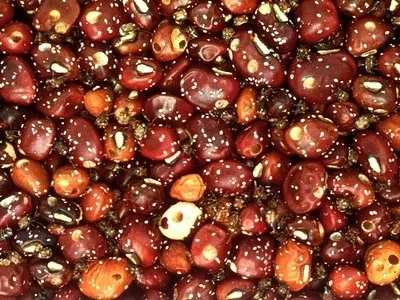Scientists have published a report on a method of storing cowpeas that could benefit millions of West and Central African farmers
Cowpeas grow well in poor soils that feature a high sand content, but harvested beans are vulnerable to cowpea weevils, which can multiply rapidly and destroy stored crops.
Featured in the Journal of Stored Products Research, the study provides an insight into how to store the drought-tolerant cowpea legume, focusing on a long-standing method of killing cowpea weevils by storing the harvest inside three layered and individually sealed plastic bags.
Purdue University entomologist and lead author of the study, Larry Murdock, told SciDev.Net, “The weevils use oxygen to produce water and so are deprived of their main water source. But some of their water, maybe 15-20 per cent, comes from the seed.
“The simple recommendation is to store — in a Purdue Improved Cowpea Storage (PICS) bag or via other methods — your grain when it is drier, if you can, because you’re reducing the supply of water and placing [the weevils] under even greater water stress.”
The PICS project has already distributed millions of triple plastic bags across West and Central Africa and the team has recently been investigating whether the dry, airtight environment restrains other cowpea pests in the same way.
Tahirou Abdoulaye, an agricultural economist at the International Institute of Tropical Agriculture in Nigeria, remarked: “We know that average [cowpea] prices can increase 60-100 per cent between harvest and the next planting season. Therefore, any improvement in storage has the potential to increase revenue by that much.”








